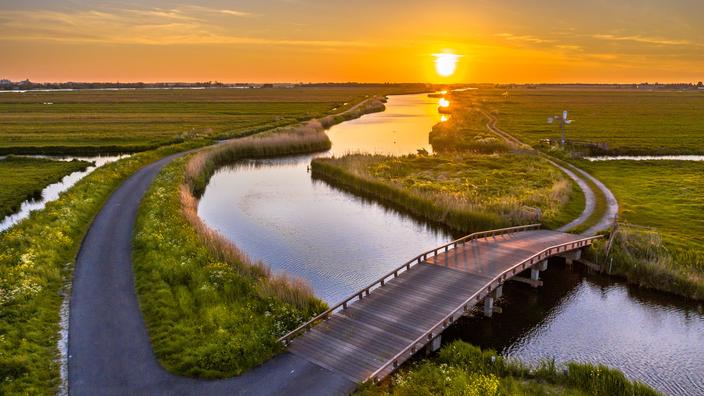Two traffic lanes dating from Roman times, a canal more than ten meters wide and a road, were updated last week in the east of the Netherlands, Dutch archaeologists announced Wednesday (July 28th).
Read also: How microbes participated in the fall of the Roman Empire
The discovery took place in the town of Oosterhout, near Nijmegen, which was an important city in Roman times, hosting in particular permanent military camps registered since Tuesday as a UNESCO World Heritage Site.
The uncovered road and canal are around 2000 years old and were built and used by the Roman army.
It is a discovery "
unique
" for the east of the Netherlands, enthusiastic in a statement the Dutch archaeological office RAAP.
Frontier of the Roman Empire
The city of Nijmegen is located on the banks of the Rhine, which at the time represented the border of the Roman Empire.
Many Roman soldiers were stationed along the river.
The canal probably linked Nijmegen and the Rhine and was used to transport soldiers, supplies and construction materials.
Read the file: Pompeii, a special year
The wide updated road, whose original gravel coating has been preserved, allows to learn more about the road network of about 2000 years ago, rejoiced to AFP Eric Noord, at the head of the project.
The Limes of Lower Germania, made up of military and civilian sites and infrastructure that materialized the border of the Roman Empire, today located in Germany and the Netherlands, were listed on Tuesday as a UNESCO World Heritage Site.
This discovery could one day also be part of this heritage, Mr. Noord hoped on Wednesday.

